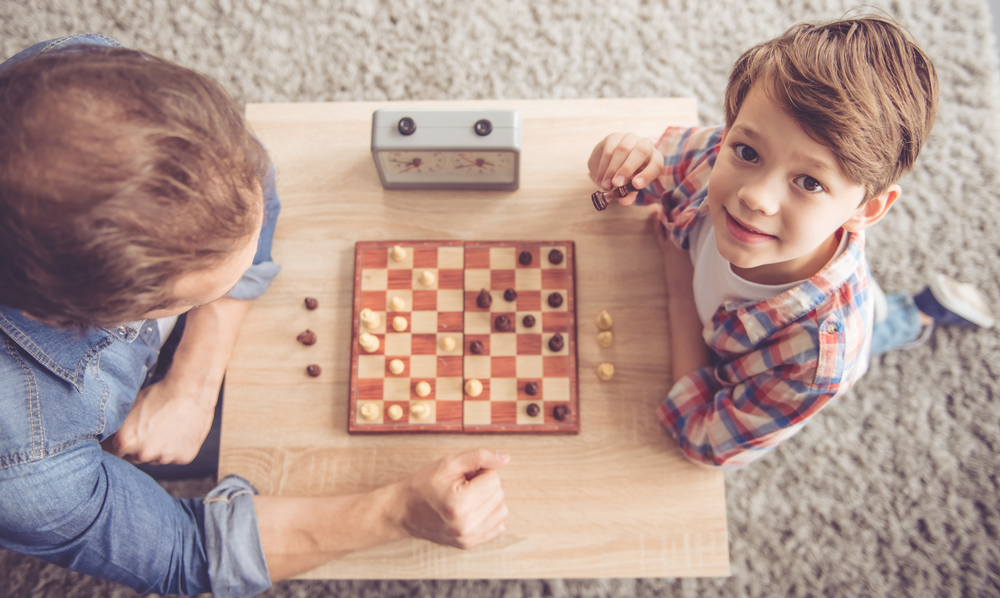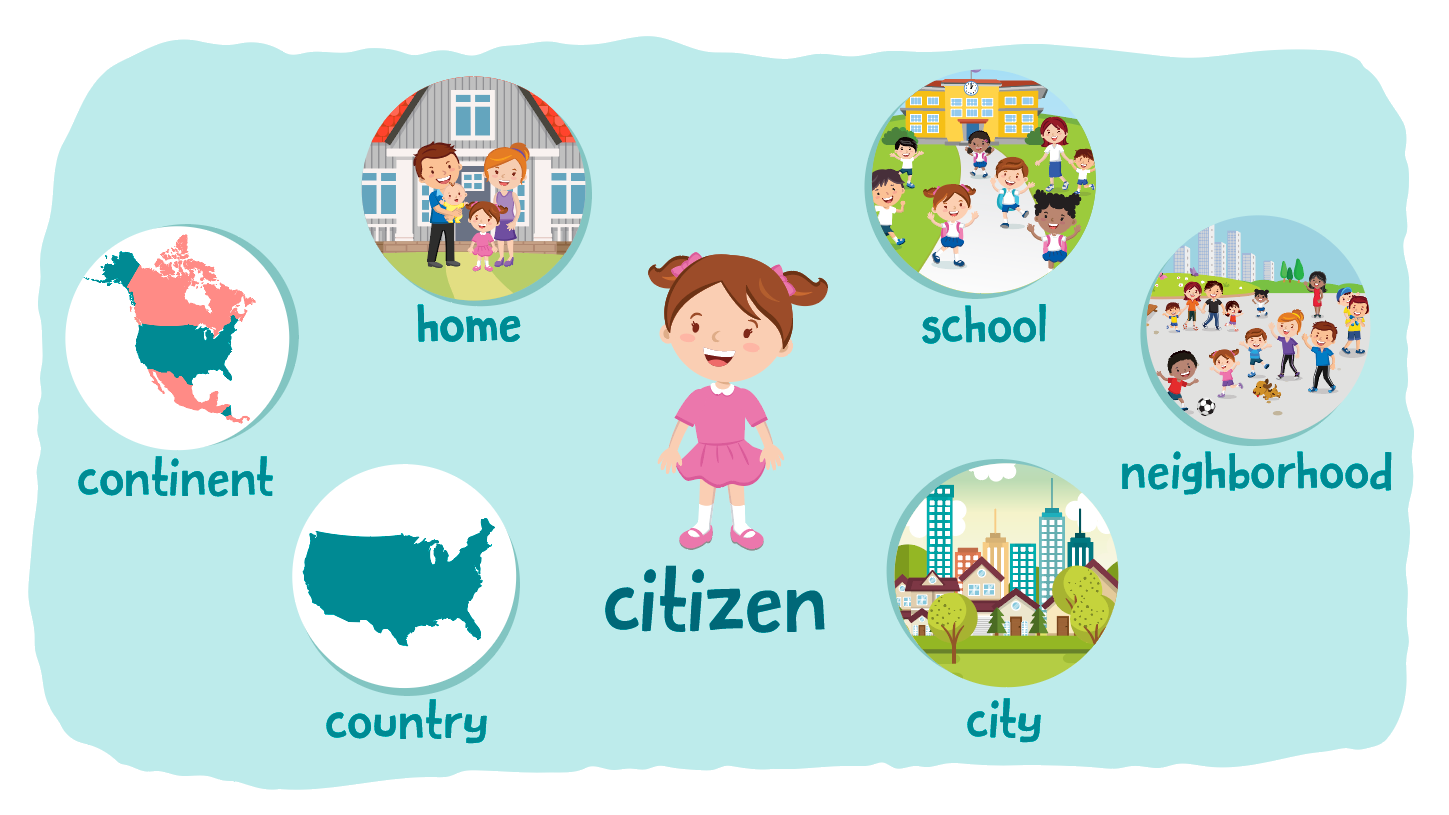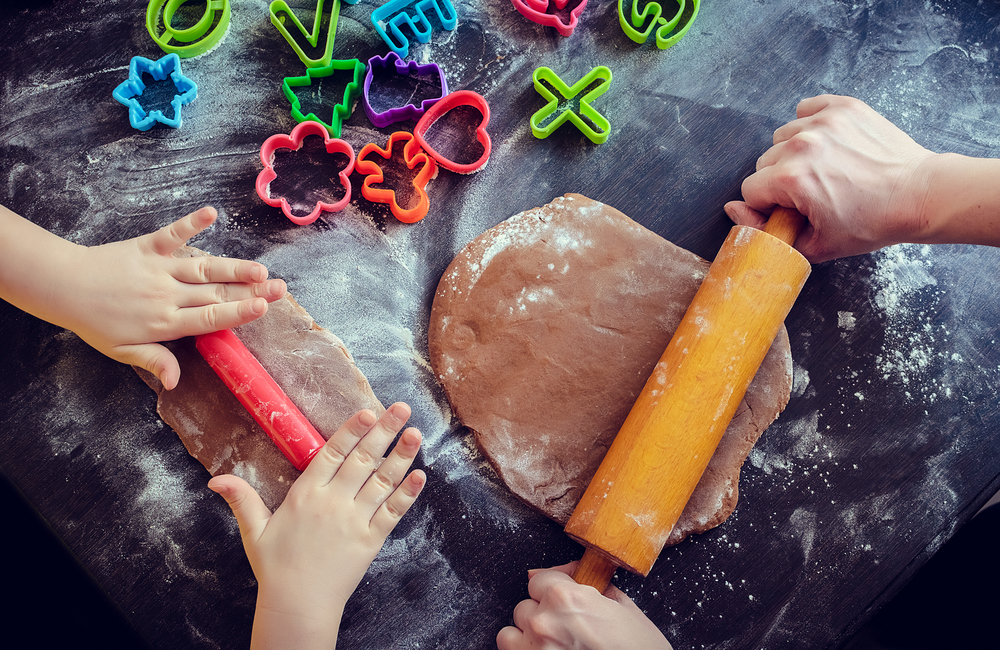Problem-Solving Skills Normal Chess Worksheets for Ages 4-7
6 filtered results
-
From - To
Explore our engaging "Problem-Solving Skills Normal Chess Worksheets" designed specifically for children aged 4-7. These worksheets offer a fun and interactive way to enhance critical thinking and logic skills through the timeless game of chess. Each activity encourages young learners to analyze situations, devise strategies, and solve challenges while exploring the fundamentals of chess. With colorful visuals and kid-friendly designs, these worksheets stimulate curiosity and boost confidence in problem-solving abilities. Perfect for classroom use or at-home learning, our resources aim to develop essential skills that lay the foundation for academic success. Start your child’s chess journey today!
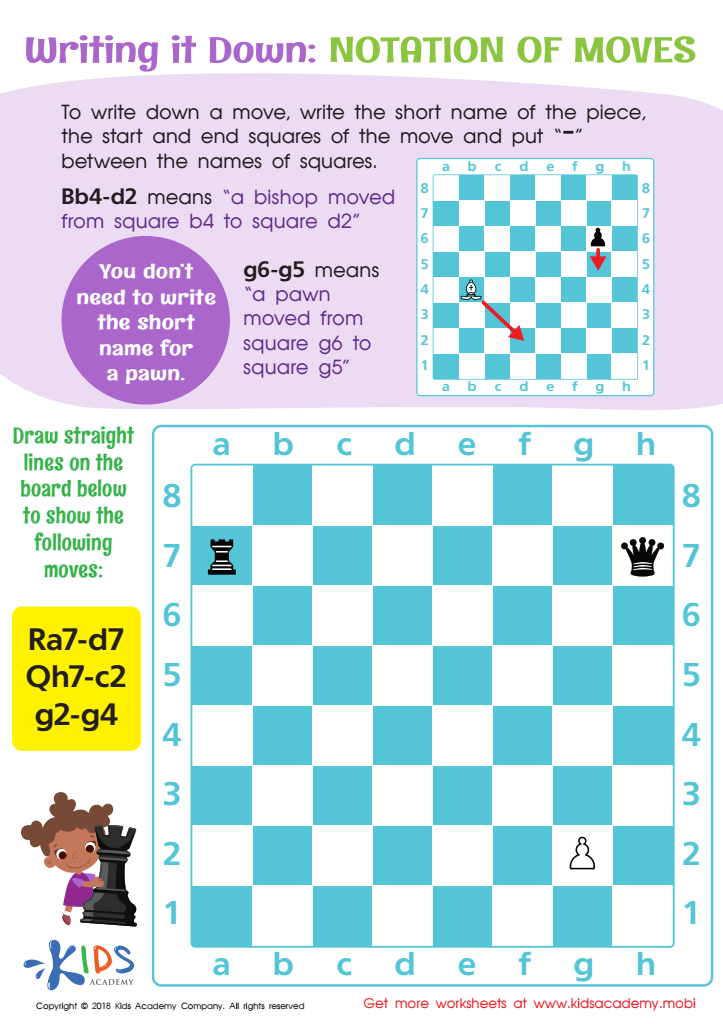

Notation of Moves Writing it Down Worksheet
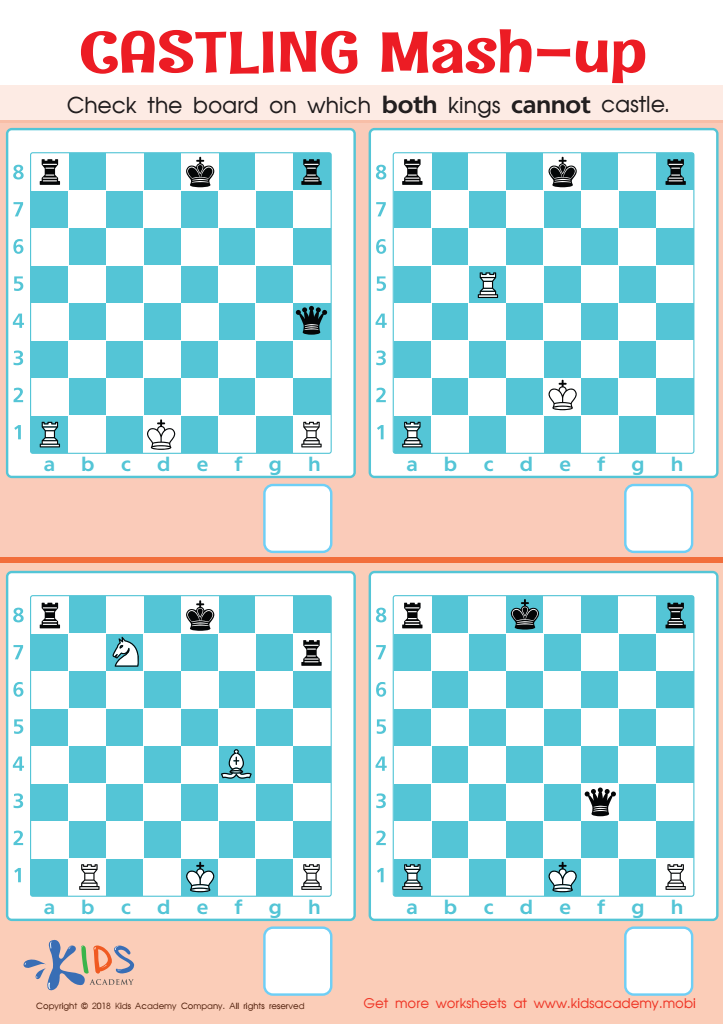

Castling Mash–up Worksheet
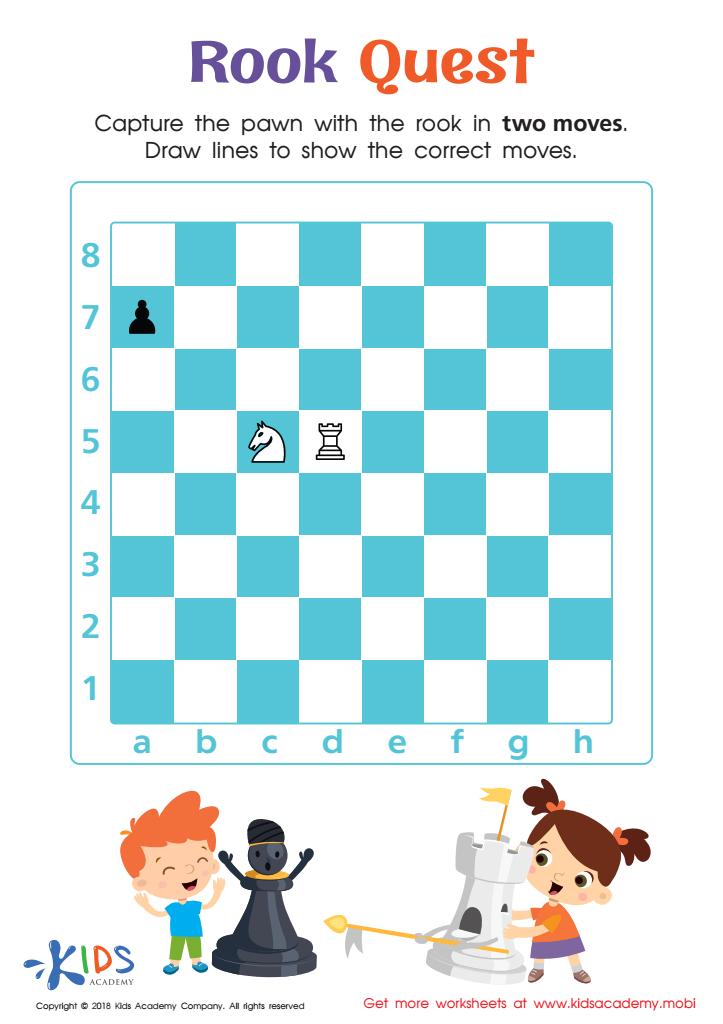

Rook Quest Worksheet
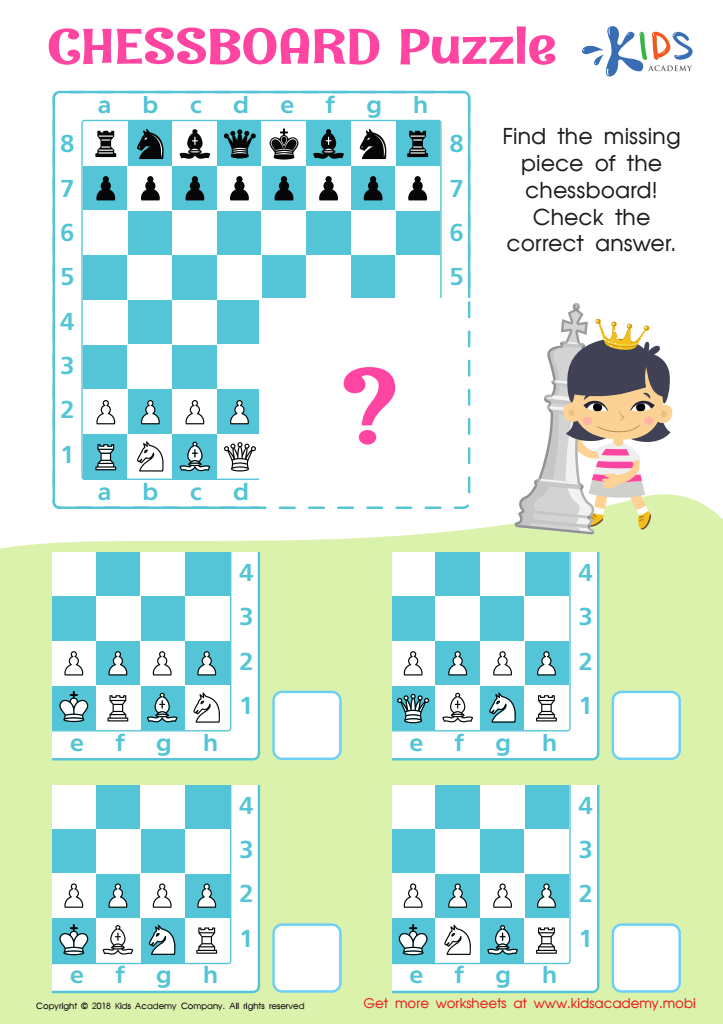

Chessboard Puzzle Worksheet
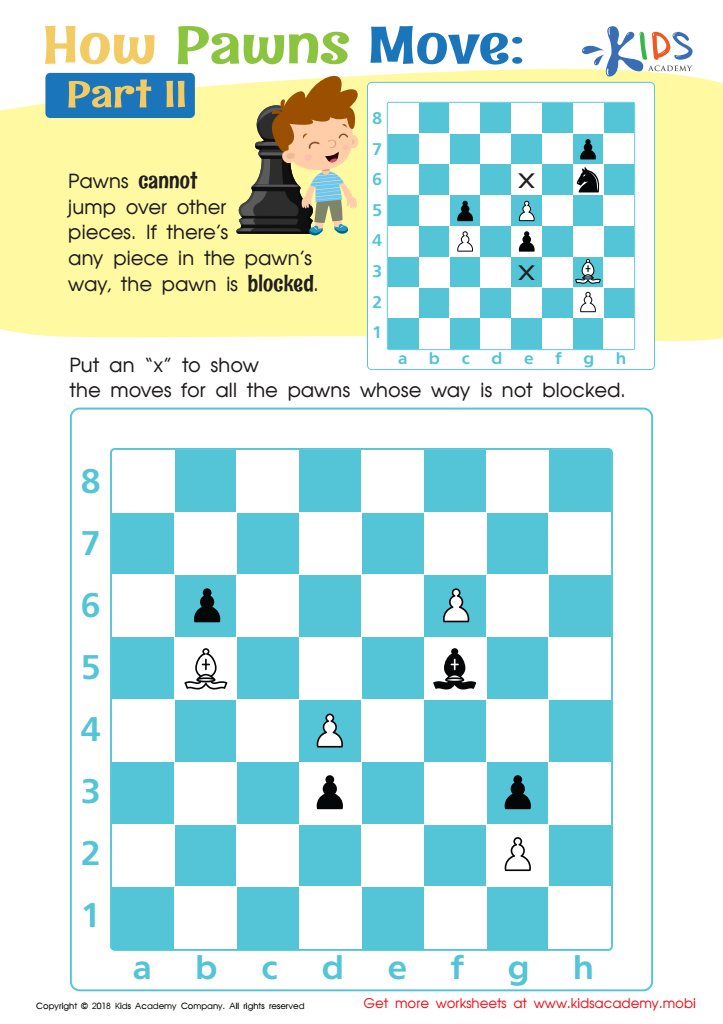

How Pawns Move: Part II Worksheet
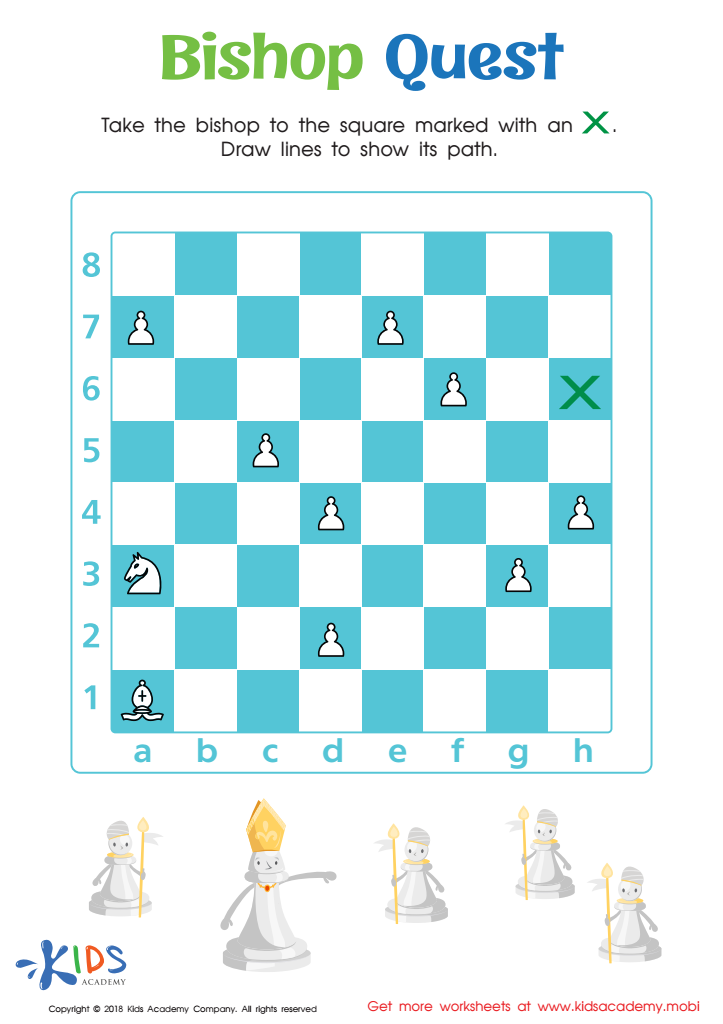

Bishop Quest Worksheet
Parents and teachers should care about introducing problem-solving skills through chess for children ages 4-7 because these skills form a critical foundation for lifelong learning and development. Chess teaches children how to think critically and strategically. As players evaluate their moves and anticipate their opponent's responses, they develop key cognitive skills such as analysis, decision-making, and foresight.
Engaging with chess at an early age also nurtures patience, as children must work through complex scenarios rather than jumping to immediate conclusions. This gamified approach to problem-solving makes learning enjoyable and enhances children's ability to remain focused on tasks, an essential skill in a school environment. Moreover, fostering social skills is another benefit; when playing chess, children learn to cooperate, deal with both wins and losses graciously, and communicate effectively with others.
Additionally, problem-solving skills extend beyond the chessboard; they will help children navigate everyday challenges and enhance their academic performance across various subjects. By supporting chess as a tool for problem-solving, parents and teachers are investing in the overall development and future success of children, enhancing their capacity to tackle obstacles in learning and life with confidence.

 Assign to My Students
Assign to My Students


